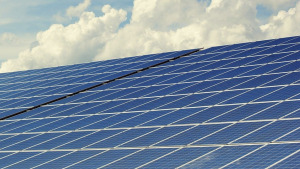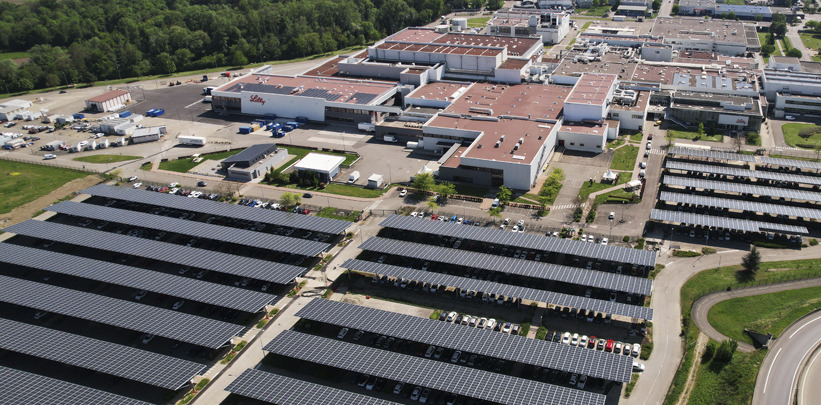
Trump’s return brought stiff headwinds for clean energy. So why are advocates optimistic in 2026?
Solar and storage accounted for 85% of the new power added to the grid in the first nine months of the Trump administration. Experts say that’s because demand is high and the technologies can be deployed quickly.










